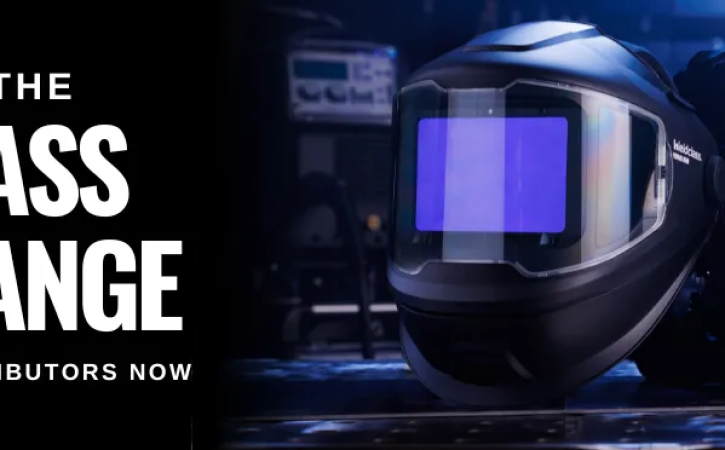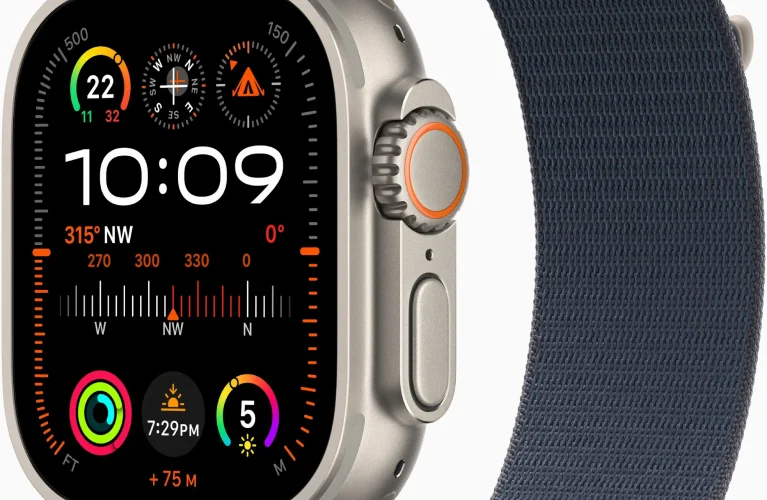In industrial environments, particularly in metal fabrication and manufacturing industries, worker safety is paramount. Among the various occupational hazards, exposure to toxic fumes and particulate matter during welding is a major concern. These invisible threats can lead to chronic health issues, making it crucial for companies to invest in effective protective solutions. Two of the most essential tools for ensuring welder safety today are the Welding Smoke Extractor and the PAPR Welding Helmet.
Understanding the Risks of Welding Fumes
Welding involves melting metal at high temperatures, which inevitably releases hazardous fumes and gases. These fumes are composed of fine particles from the metal being welded and the welding rod, often including substances like manganese, chromium, and nickel. Prolonged exposure to these substances without adequate protection can lead to severe respiratory illnesses, neurological damage, and even certain types of cancer. Therefore, proper fume control and respiratory protection are critical in welding environments.
The Importance of a Welding Smoke Extractor
A Welding Smoke Extractor is a specialized system designed to capture and remove airborne contaminants directly at the source before they spread into the workspace. These systems come in various forms, including portable units, wall-mounted systems, and centralized extraction systems suitable for larger operations.
By using a Welding Smoke Extractor, businesses can:
-
Maintain air quality within acceptable safety standards.
-
Reduce the risk of respiratory issues for workers.
-
Comply with occupational safety regulations and avoid penalties.
-
Extend the life of ventilation systems by reducing the particulate load.
These extractors typically use high-efficiency particulate air (HEPA) filters or activated carbon to trap harmful particles and gases. Some models are equipped with flexible extraction arms, allowing welders to position the nozzle precisely near the fume source. This flexibility enhances the effectiveness of fume removal and ensures that clean air is maintained throughout the workspace.
Benefits of PAPR Welding Helmets
While extractors manage ambient air quality, personal protective equipment like the PAPR Welding Helmet offers individual respiratory protection to welders working in high-fume environments. PAPR stands for Powered Air Purifying Respirator. These helmets combine the functionality of a welding helmet with a built-in motorized system that draws air through filters and delivers it to the user via a facepiece or hood.
Some of the key benefits of using a PAPR Welding Helmet include:
-
Consistent airflow: The motorized fan ensures a steady flow of filtered air, providing superior comfort and reducing fatigue during long welding sessions.
-
Enhanced protection: PAPR helmets typically offer a higher Assigned Protection Factor (APF) than standard half-mask or disposable respirators.
-
Integrated design: Most PAPR helmets feature auto-darkening filters (ADF) and large viewing areas, which improve visibility and productivity without compromising safety.
-
Improved user comfort: The constant supply of clean, cool air helps prevent heat stress, a common issue in welding applications.
Welders using a PAPR Welding Helmet not only experience better respiratory protection but also enjoy greater mobility and convenience, as these systems eliminate the need for cumbersome hoses or bulky external respirators.
How to Choose the Right Equipment
When selecting a Welding Smoke Extractor or PAPR Welding Helmet, several factors should be considered:
-
Work environment: Portable extractors are ideal for small or mobile welding setups, while centralized systems suit large-scale operations.
-
Type of welding process: Different welding processes, such as MIG, TIG, or Stick welding, produce varying levels and types of fumes, which may influence the choice of filtration and helmet features.
-
Compliance requirements: Ensure that the equipment complies with local occupational health and safety regulations.
-
Ease of maintenance: Look for systems with easily replaceable filters and minimal maintenance needs.
By evaluating these factors, companies can make informed purchasing decisions that align with their operational needs and safety goals.
A Smart Investment in Safety
Implementing fume extraction systems and advanced respiratory protection is not just about compliance—it’s a smart investment in workforce health and productivity. Healthy workers are more efficient, take fewer sick days, and contribute to a safer and more reputable workplace. Furthermore, investing in quality safety gear can reduce insurance premiums and mitigate the risk of costly workplace incidents.
One brand that has earned a reputation for delivering reliable and effective welding safety solutions is Weldclass. With a wide range of fume extractors and helmets designed to meet the highest industry standards, Weldclass has become a trusted name among professional welders and workshop managers alike.
Conclusion
In conclusion, maintaining a safe welding environment requires a proactive approach that includes both environmental controls and personal protective equipment. The use of a Welding Smoke Extractor to capture harmful fumes and a PAPR Welding Helmet to provide clean, breathable air at the source of exposure are both critical components of a comprehensive safety strategy. By prioritizing these solutions, businesses can ensure the well-being of their workforce while also boosting productivity and regulatory compliance.
Welding safety is not optional—it’s essential. Investing in the right equipment today ensures a healthier, safer, and more sustainable future for welders and the industries they serve.









